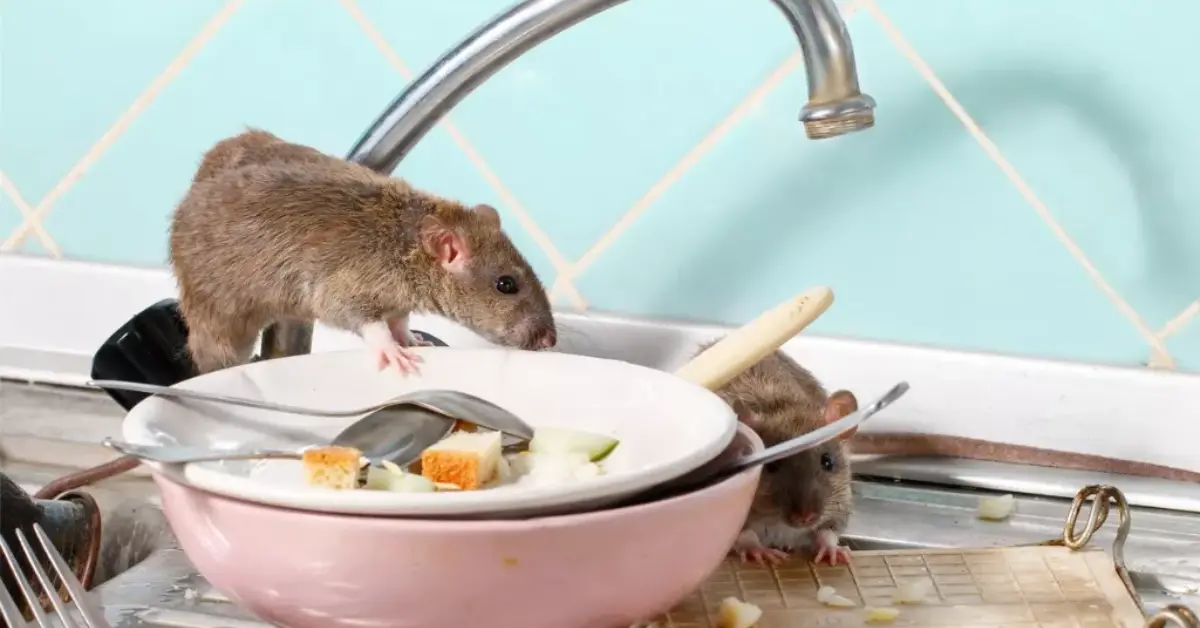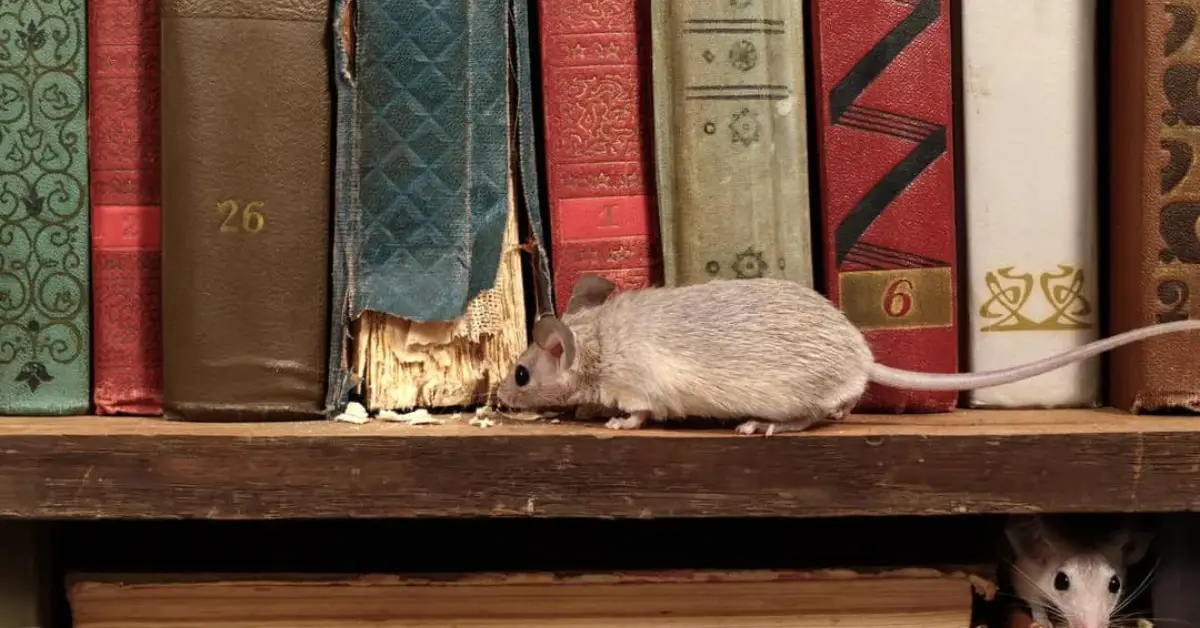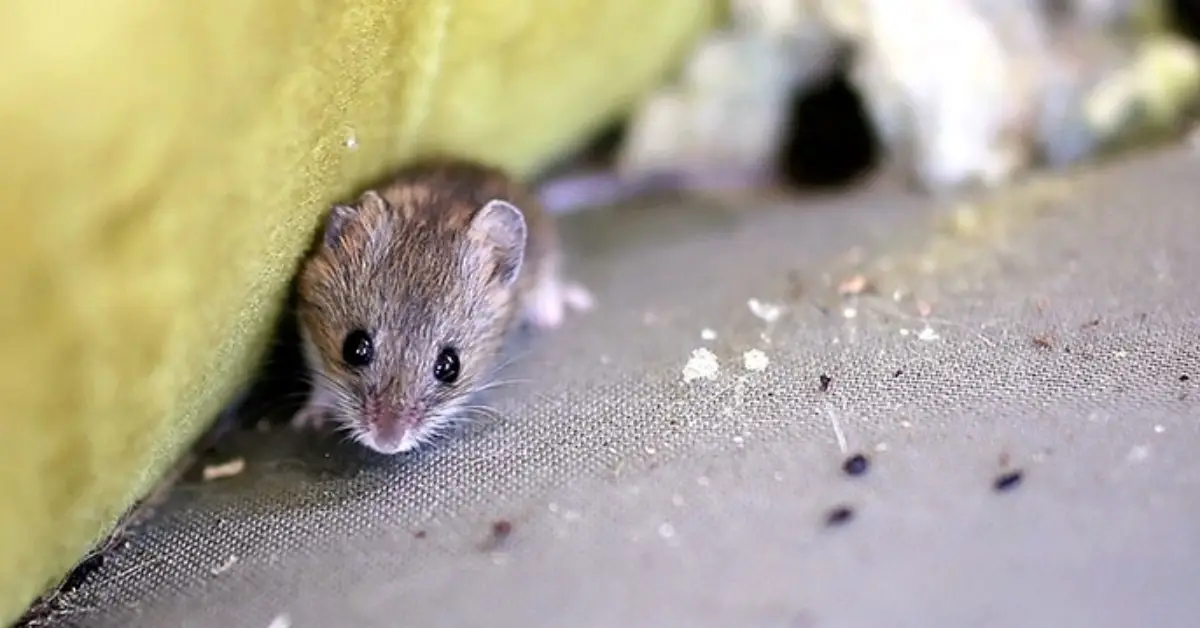10 Surprising Habits in Your Cleaning Routine Attract Mice (And How to Fix Them)
I’ve spent years keeping my home spotless, and yet, I still found myself spotting tiny signs of mice. It’s frustrating, isn’t it? You vacuum every corner, scrub the counters, and somehow these little intruders keep finding a way in. What I learned—and what most articles barely touch on—is that some of our “cleaning habits” might actually be inviting mice instead of keeping them away.
In this article, I’m going to walk you through 10 common cleaning routines that even the tidiest homes fall into, which can attract mice without you realizing it. I’ll also share simple, practical fixes that you can implement today. By the end, you’ll see how small tweaks in your everyday habits can make a big difference—helping you maintain a clean home and keep rodents out for good.
Understanding Mouse Behavior & What They Need
When I first started noticing tiny droppings in my kitchen, I assumed I was being paranoid. But mice are sneaky little creatures, and understanding how they operate changed everything for me.
Here’s what I learned:
- Minimal needs – Mice don’t need much to survive. A few crumbs or a tiny water spill can be enough to sustain them for days.
- Nesting instincts – They’re constantly looking for soft, hidden materials like paper, fabric, or even dust to build their nests.
- Extraordinary senses – Their sense of smell is so acute that even faint food aromas from last night’s snacks can lead them straight to your pantry.
According to experts in integrated pest management at Cornell CALS, even the smallest oversight in food or moisture control can make your home irresistible to mice. Not sure if mice are already visiting your home? Learn how to spot the 6 sneaky signs you have mice and how to stop them fast before the problem escalates.
Habit #1: Leaving Dishes Soaking Overnight / Not Rinsing Immediately

I get it—after a long day, tossing your dishes in the sink feels like the easiest option. But here’s the problem:
- Food residue + water = mouse magnet – Even a thin film of sauce or milk can draw them in.
- Tempting because you’re busy – Who has time to rinse every dish immediately? Me neither.
Here’s what worked for me:
- Rinse as you go instead of waiting until the sink is full.
- Use disposable or silicone liners in sinks when possible to keep residue from sitting in the bottom.
- If you must soak, change the water frequently and don’t leave food bits in it overnight.
Habit #2: Crumbs & Spills Hidden Under Appliances or in Corners
I’ve cleaned my counters obsessively, only to realize mice were still visiting because crumbs had fallen behind the fridge or under the toaster. It’s one of those “out of sight, out of mind” traps.
Here’s what to watch for:
- Behind refrigerators, ovens, and toasters
- Under cabinets or furniture near food prep areas
- Edges along baseboards where crumbs tend to accumulate
Practical tips that worked for me:
- Pull appliances out once a month for a deep clean.
- Use a stick vacuum or a narrow nozzle to reach hidden corners.
- Inspect corners and edges while cleaning so you catch any buildup early.
Habit #3: Using Scented Room Sprays or Fragrances That Mimic Food Aromas
I’ll admit it—I used to love spraying a sweet-smelling air freshener in the kitchen after cooking. It made the space feel cozy, but I had no idea I was basically inviting mice to a buffet.
Here’s why it backfires:
- Sweet or citrus scents can attract pests looking for food.
- Common mistake: spraying fragrances near counters, trash bins, or pantry areas.
What worked for me instead:
- Use natural pest-repelling scents like peppermint or eucalyptus near entry points.
- Focus on odor control rather than masking smells—cleaning up crumbs works better than masking them.
- Save the fragrant sprays for areas far from food prep zones.
Habit #4: Leaving Pet Food or Water Bowls Out Overnight

If you have pets, I know the struggle—you don’t want to be the mean owner constantly taking away your dog or cat’s food. But leaving bowls out overnight can make mice think your home is an all-you-can-eat buffet.
Things to keep in mind:
- Mice are attracted to both wet and dry food, as well as water spills.
- They can chew through thin plastic or foil packaging to get at food.
How I handle it:
- Feed pets on a schedule and remove bowls after meals.
- Use timed feeders for dry food to minimize overnight exposure.
- Store leftover food in sealed containers immediately.
Habit #5: Storing Food in Loosely Closed or Non-Airtight Containers
I used to just twist the lid a bit and assume the container was sealed. Turns out, mice can smell food through the tiniest gaps, and partially closed packaging is like a neon sign to them.
Tips that actually work:
- Transfer food to rigid jars with airtight lids.
- Use inner lids or double-bag items that are prone to spills.
- Label containers so you know what’s fresh and what needs to be used quickly.
According to experts at NaturaPest Control, rodents can detect odors from partially closed packaging, making airtight storage a simple but critical preventive step.
Habit #6: Leaving Cleaning Tools Damp or Stored Wet
I used to stash my mop and sponge in a corner right after cleaning, thinking it was harmless. Turns out, damp cleaning tools are like a welcome mat for moisture-seeking pests.
Here’s what I learned:
- Overlooked vector – Mice and other pests are drawn to damp zones. Even a slightly wet sponge or towel can give them a reason to explore.
- Common spots – Mops, buckets, dish towels, and cloths left wet in corners or cabinets.
How I fixed it:
- Wring out sponges and cloths completely.
- Hang mops and towels upright to dry.
- Store them in ventilated holders or racks instead of closed cupboards.
Habit #7: Ignoring Clutter in Hidden Areas (Basement, Attic, Closets)

Even if your home looks spotless, hidden clutter can undo your efforts. I found piles of stored boxes and old papers in my attic were perfect nesting material for mice.
Tips to tackle it:
- Conduct periodic audits of rarely used spaces.
- Reduce stored paper, fabric, or cardboard.
- Store essential items in sealed boxes or containers.
Habit #8: Neglecting Seal & Barrier Maintenance During Cleaning
You might focus on scrubbing counters while leaving cracks and gaps untouched. I learned that mice exploit these openings, making all your cleaning efforts less effective.
Key points:
- Check plumbing penetrations, outlet gaps, vents, and baseboard cracks.
- Many people skip caulking or mesh installation.
- Even small holes—think pencil width—can give mice access. If you want to go beyond cleaning habits and make structural changes that stop mice before they enter, check out these 5 simple home improvements you can implement today.
Habit #9: Overlooking Outdoor Cleaning That Indirectly Attracts Mice
I used to assume mice problems were strictly indoors, but what’s outside matters just as much. Overgrown plants, leaf piles, and spilled birdseed can all act as invitations.
What helped me:
- Yard maintenance – Trim shrubs and remove debris near the foundation.
- Bird feeders – Sweep up seeds dropped underneath.
- Wood storage – Keep firewood at least a few feet from walls. While focusing on keeping mice out, don’t forget other critters—your yard may have hidden dangers like snake holes; here’s how to identify 5 warning signs and fix them fast.
Habit #10: Failing to Clean After Rodent Presence or Droppings

This is the step I overlooked most, and it almost caused a repeat infestation. Improper cleanup can actually spread pathogens and encourage more mice.
Best practices I follow:
- Disinfect areas with droppings or urine.
- Avoid vacuuming dry droppings, which can release particles into the air.
- Wet-clean surfaces, double-bag waste, wear gloves, and ventilate the area.
According to the CDC, these precautions are critical for preventing disease and stopping a resurgence of mice in your home.
Quick “Check Your Habits” Self‑Audit
Take a moment to reflect honestly on your daily routines. Ask yourself:
- Do I leave dishes soaking overnight? If yes, rinse as you go or use sink liners.
- Do crumbs accumulate under appliances? Pull out appliances monthly and vacuum corners.
- Do I spray scented air fresheners near the kitchen? Switch to peppermint or eucalyptus and keep sprays away from food.
- Do I leave pet food or water bowls out overnight? Feed on a schedule and remove bowls after meals.
- Do I store food in loosely closed containers? Use airtight jars and double-bag when needed.
- Do I leave cleaning tools damp or stored wet? Wring and hang mops or sponges to dry.
- Is there hidden clutter in basements, attics, or closets? Reduce stored textiles and use sealed boxes.
- Are cracks, gaps, or vents unscreened? Inspect and seal small openings with caulk or mesh.
- Is outdoor debris, birdseed, or wood stacked near the house? Sweep seeds, trim shrubs, and store wood away from walls.
- Do I fail to clean properly after rodent presence? Wet-clean, disinfect, wear gloves, and ventilate.
How to Turn These Habits Into Lasting Routines
Knowing what to do isn’t enough—you have to stick with it. Here’s what helped me:
- Habit layering: Pair new routines with chores you already do. For example, rinse dishes while waiting for the kettle to boil.
- Reminders and checklists: Use phone alarms, sticky notes, or seasonal resets to keep habits top of mind.
- Tracking progress: Take monthly photos or maintain a simple checklist to see what’s improving and what still needs attention.
Final Checklist & Summary
Here are the five most important actions to keep in mind:
- Rinse dishes immediately or use liners.
- Store all food in airtight containers.
- Dry cleaning tools and mop areas thoroughly.
- Inspect and seal cracks, gaps, and hidden entry points.
- Deep-clean hidden spots regularly, both inside and outside your home.
Remember: A clean home can also be a mice-resistant home—it just takes consistent small changes.
If you found this guide helpful, I’d love to hear from you:
Which habit surprised you the most, or which tip will you implement first? For more practical home maintenance tips, step-by-step guides, and smart strategies, check out Build Like New. Taking action now is the best way to stop mice before they even think about moving in.


